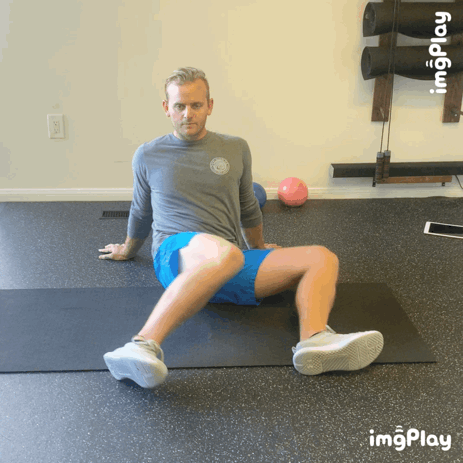Stay Loose and Limber Without Doing Yoga
It is no secret that yoga is an incredible tool for improving muscle flexibility and increasing mobility through all joints. Vinyasa flows are amazing for opening the hips, increasing thoracic mobility, and improving posture by decreasing anterior muscle tension in the torso and posterior muscle tension, like the hamstrings and calves. Unfortunately, yoga is not for everyone. No matter how hard I try, I cannot get into a habit of doing yoga I always feel refreshed and loose after I’m done, but I just can’t seem to do it consistently. This isn’t uncommon neither. We have an amazing yoga instructor, Bri Stoecker of Bri Marie Yoga, and when I tell our members who need it the most that they should attend yoga 1-2x per week, they react like I’m asking them to run a marathon, without training, right now! Like most things, it seems the people who need it most, are the most reluctant to do it. Like I said, I’m in the same boat, I can’t seem to make it habit. Well, luckily for us, there is another solution, but it comes with a catch. We can do mobility exercises, which will help loosen the joints by working through range of motion, but first and foremost the most important thing is the catch, consistency. You spend the majority of your day or your active hobby doing the same movement over and over, the only thing that will overcome high volume of reps is consistency. Create a habit and stick to it, either 3 days/week doing 45 minutes of mobility work, or 15 minutes daily. Start with these 5 on a daily basis. There is no better time than quarantine time to form a new, healthy habit,
90-90 Hip Rotations
15 reps per side, pausing with both knees touching the ground. Keep shoulders down, away from the ears
2. Half-Kneel Torso Twist
15 Reps per side, pushing your range-of-motion without compromising form i.e. knee stays over heel
3. Half-kneel torso bend
15 bends to each side, pushing range-of-motion without compromising form i.e. rear hip stays over rear knee
4. Standing Windmill
15 reps per side, keep arm point straight up, squeezing the shoulder blade into your spine. Try not to bend knees or sliding hips laterally to engage a hamstring stretch
5. Step-Back Groiner w/ Twist
15 reps per side, keep weight in the front heel, hips low, shoulder down, and squeeze rear gluteal muscles to create a hip flexor stretch






